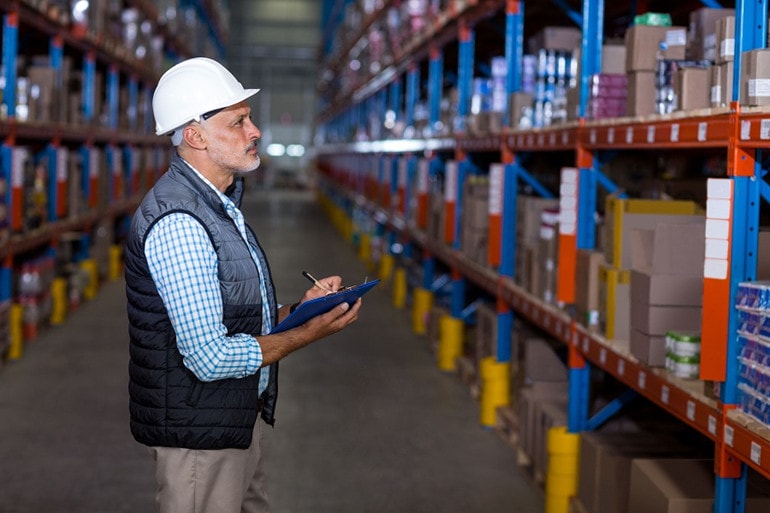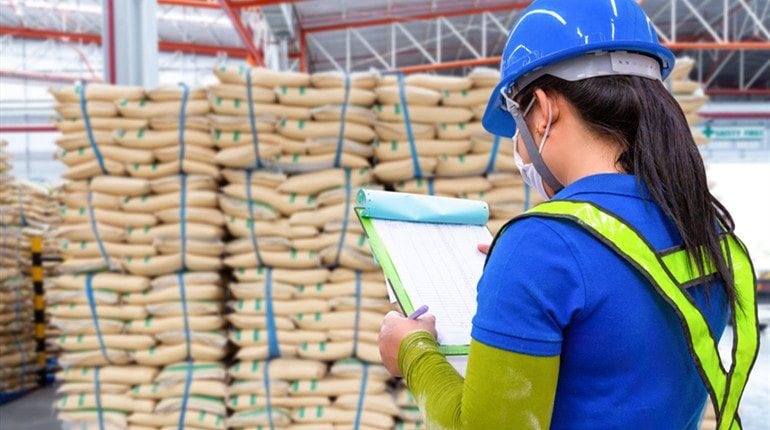The past few decades have seen a dramatic shift in the world’s industrial production with the rise of Asian countries, especially China. Chinese factories manufacture most of the consumer goods we buy for good reasons:
- Lower costs thanks to a vast, inexpensive labor force and more accessible materials.
- Expertise in mass production.
- Efficient manufacturing processes.
Importing products from low-cost Asian countries is a profitable business. Still, it comes with a difficult challenge: how can you ensure your products’ quality if you are on another continent and unable to supervise all of the production stages? The most cost-effective solution is hiring independent quality inspection services. They are an essential bridge between you and the factory, checking the latter’s commitment to your requirements.

Why Do I Need Product Inspections?
Product inspections take random samples of a product order at different production stages before shipment, allowing you to find problems early. It will be harder to arrange fixes with the manufacturer by the time you receive the product, so these assessments help you avoid troublesome disputes. Factories are also likely to pay more attention to the goods if they know about the inspection.
Every good importer knows the importance of ordering samples and ensuring they fit their needs, but quality control should not stop there. The final product won’t necessarily match the sample due to possible design, processes, and material changes. Therefore, product inspection is an importer’s indispensable tool throughout the production cycle.
Types of Product Inspection
The main types of product inspection are pre-production inspections, during production inspections, and final random inspections. A fourth seldom used type is container loading inspection.
- Pre-production inspection, also called initial production inspection, focuses on the manufacturing process’s early stages, evaluating the raw materials or components. It can also check the factory’s compliance with the blueprints and other specifications.
- During production inspection, often shortened to DUPRO, takes place partway through the manufacturing process to check the first few finished products.
- Final random inspection, also called pre-shipment inspection, checks the products’ final quality at the end of the production cycle.
- Container loading inspection is used when the product needs a precise loading plan or unconventional packaging.
How Do Inspections Work?
Product inspections typically examine a sample consisting of 10-20% of the order. Some buyers need full assessments that include the whole order due to high quality or safety requirements, but this is more expensive and time-consuming. Regular samples are enough for most importers.
Inspectors check for damage, functionality, correct dimensions, and quantity. The inspection company may also consider other factors when necessary. There may be extra tests according to specific requirements (for example, a waterproof test). The final step is writing a product inspection report and sending it to the buyer for approval.
The inspection will sometimes spot minor problems that don’t impact the overall quality. For significant issues, you should have the defective products fixed or replaced, then follow up with a second inspection. Major defects, especially at the later stages of the manufacturing cycle, might prompt you to cancel the order or only accept the unaffected goods.
Getting refunds is often a complicated process if you don’t have a firm agreement with the manufacturer beforehand, so consider this point when selecting and negotiating with a supplier. You might want to sign up for Alibaba’s Trade Assurance or similar protection programs.

What Is the Importance of During Production Inspections?
Many importers rely only on pre-shipment inspections since they offer a straightforward way to check what is most important: the final product. This approach might seem like a good idea if you trust the supplier and want to cut costs, but any problem can lead to significant delays. Repairs take much longer at later stages of the manufacturing process.
DUPRO inspections allow you to find issues early and plan for contingencies, so they are great complements to pre-shipment inspections. Buyers should carefully consider the risks of neglecting DUPRO.
Where Can I Get DUPRO Inspections, and How Much Do They Cost?
Jonble’s $295 per man-day services include DUPRO inspections alongside initial production checks and pre-shipment inspections. Each during production check (DUPRO) ensures compliance with international standards and assesses the goods’ quality. Inspectors also track the production progress and verify the style, labels, and packaging.
Conclusion
China and other low-cost Asian countries offer many advantages that companies can’t afford to ignore. Even with the added inspection costs, importing from these nations still yields attractive profit margins. In the long run, the combination of competitive prices and quality is a winning formula, justifying the investment. Defective products, on the other hand, erode your customers’ trust, despite lower prices.
Substandard orders can cost you a lot of time and money, making product inspections comparatively inexpensive. Since factories often try saving money after the first few orders, buyers should remain vigilant at all times.



